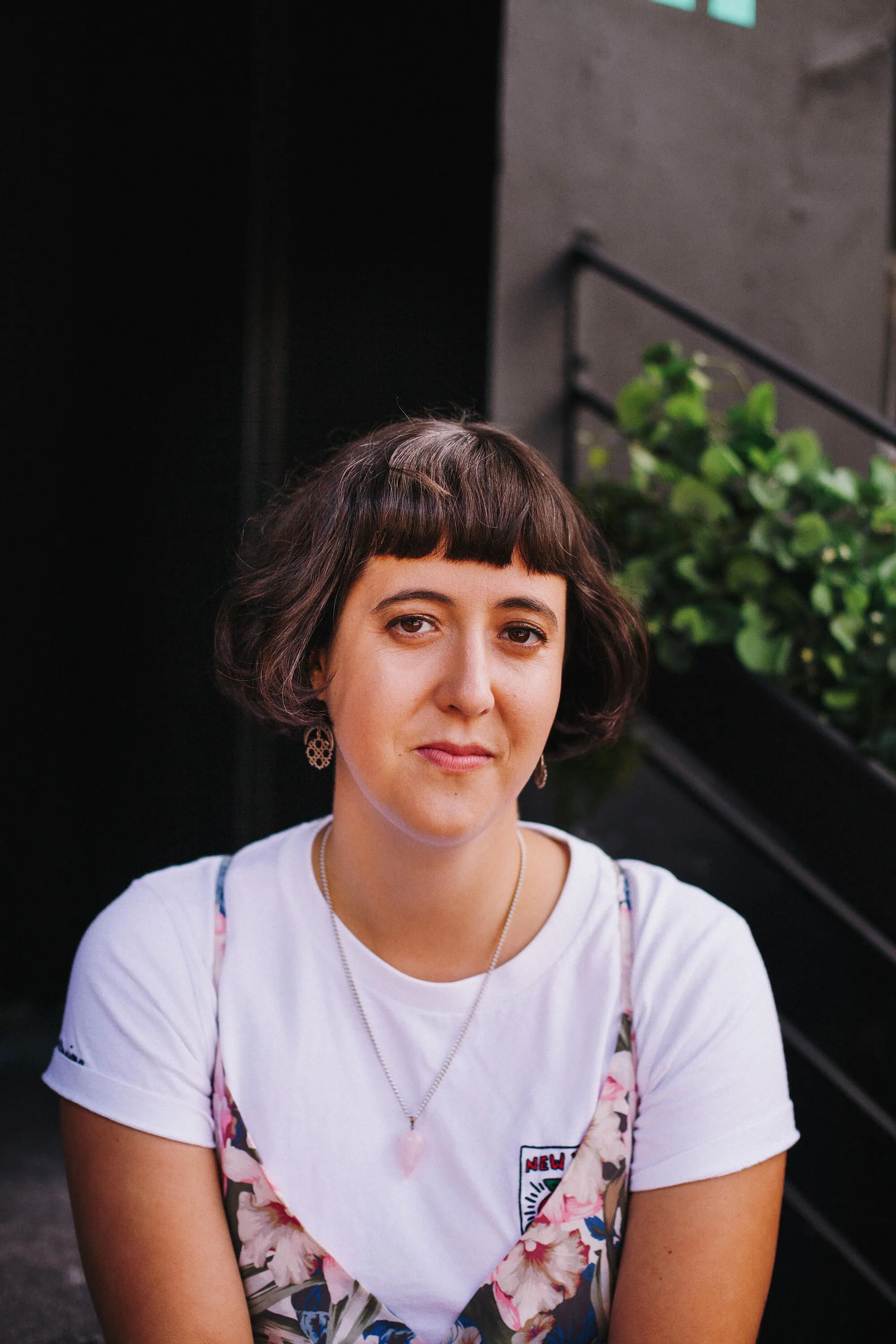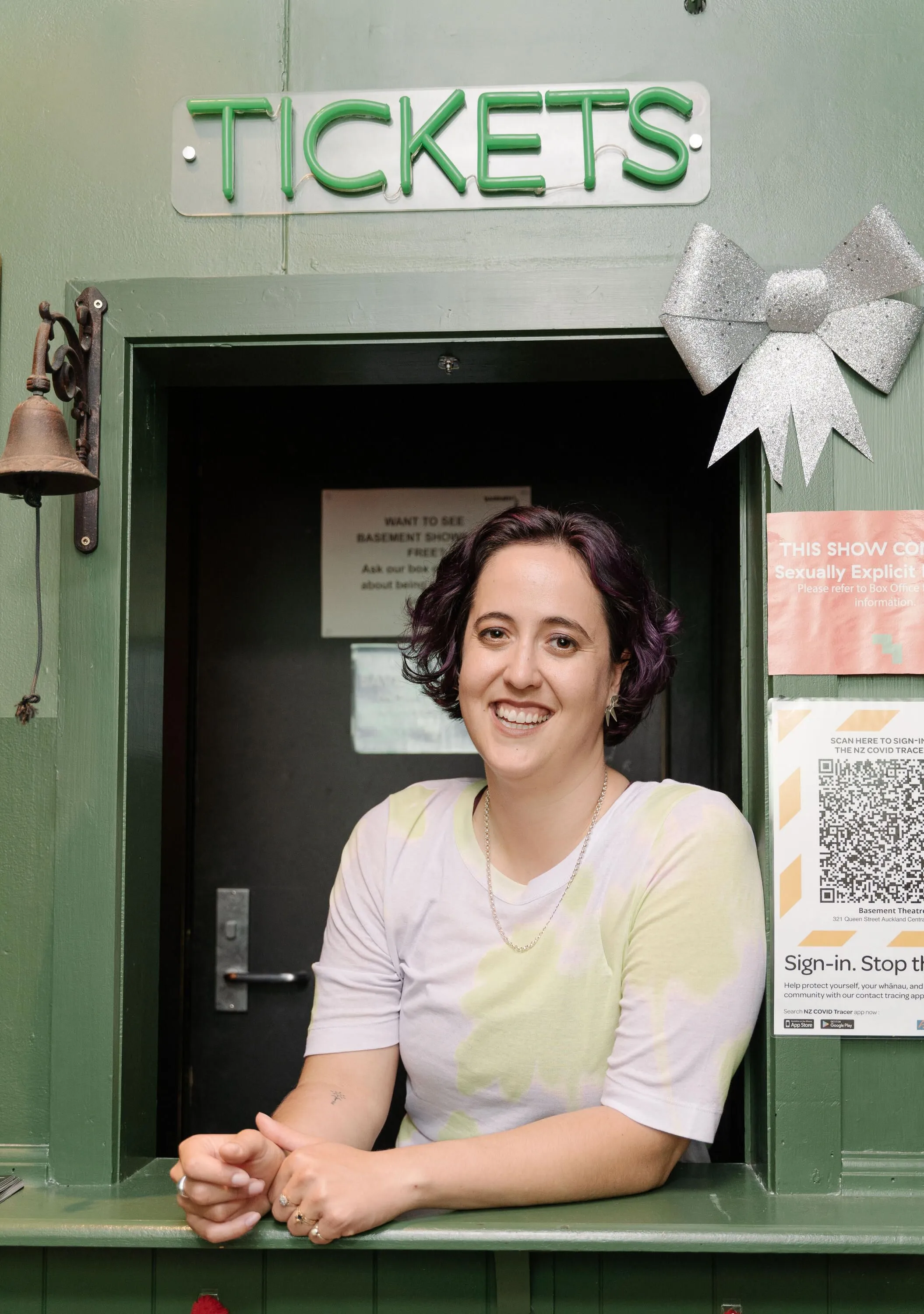What If Arts Funding Was Honest?
Written by

Elise Sterback’s been through the funding wringer – sitting on both sides of the table during the last decade in roles like Executive Director of Basement Theatre, trustee for Te Taumata Toi-a-Iwi, and a member of Creative New Zealand’s advocacy advisory group, Te Rōpū Mana Toi.
After ten years of writing funding applications on behalf of arts organisations and two years observing the strain that a dramatic increase in contestable funding rounds due to COVID relief initiatives has put on the arts sector - alongside the stress of pandemic scenario planning and frequent disruptions – the fierce arts advocate and strategist felt inspired to offer an alternative approach.
The thought experiment below draws on Sterback’s own experience as a funding assessor across multiple institutions and conversations with other independent artists about how the system could work better for them.
Whether you’re an artist with a project, or someone working at an organisation stuck in an endless cycle of applications just to keep your team employed, you are likely familiar with the experience of applying for contestable funding.
You may spend weeks (or even months) pouring all of your ideas into an online form: gathering team bios, drafting hypothetical budgets and timelines, and making all sorts of creative contortions to show how your idea aligns with a funder’s mystifying strategic priorities.
When you finally receive the result, it is accompanied by commentary from peer assessors that, if it is not just empty platitudes, may continue to haunt your creative process for years to come. That’s if you even apply in the first place, as many of us feel the chance of success is so remote that it’s simply not worth the time.
It’s that experience that leads me to ponder:
What if arts funding was honest and we finally admitted that it’s all just a gamble?
That arbitrary scoring is handed out by two random peer assessors and nothing is fair or rigorous about it.
That beauty is subjective and all of our interests are conflicted.
What if we replaced this arbitrary system that we pretend is rational, with a true lottery? One that embraces the chaos of distributing a small pool of resources to a vast ocean of creativity.
Because life is a lottery - privilege isn’t earned through hard work or good ideas, it’s won by those who the game is rigged for.
Here’s my pitch:
- Let’s put all the money the public wants to make available for arts projects into a jackpot.
- We invite artists to pitch their ideas in a simple application format that takes them no more than a few hours to prepare.
- The advisors/assessors do a sense-check on these to make sure they meet basic criteria (Is it art? Is it made by New Zealanders? Is it ethical? Etc.) What is art without its gatekeepers, after all? Then we know all the art that makes it through to the jackpot meets whatever strategic criteria we want to put on it.
- Finally, we take whatever meagre amount of resources we have to distribute in that funding round and randomly select a handful of projects to give it to - maybe there’s three from the $75k+ category and 10 from the $10k and under group.
- All the other projects get to stay in until they get chosen, or until the artist chooses to withdraw them because they no longer want to deliver that project.

Elise Sterback. Photo: Supplied.
This approach would mean there’s no rejection, no competition, no “other ideas were judged inexplicably more worthy than yours”.
There’s no consolation from your funding advisor and a suggestion that you seek elsewhere for arts funding that doesn’t exist.
There’s no going back to the drawing board so that you can pour your creative energy into a whole new idea just to be eligible for the next round and make another attempt to sustain your practice throughout the year.
From the ever-growing size of the jackpot, we would witness the full extent of our creative potential as a nation - and the gap between this potential and the funding we are dedicating to it.
When I tested this idea on some artist friends - more possibilities poured forth:
- We could experiment with weighting different artforms and cultures each round to address imbalances and inequities in the landscape!
- A bonus ball prize could be offered to an audience choice!
- The creative community could elect their own gatekeepers!
We jammed out an even more significant implication - what if all the applications in the jackpot could be shared openly in a central database? They could be living documents that artists update as the project evolves or goes through different stages of development.
It would allow artists to learn from each other’s ideas, find alignment with their work, and seek out new collaborators.
Researchers could use the database for research - mapping the evolution of our culture through the ideas of our artists.
And maybe best of all - this jackpot database could act as a central funding hub - where funders, patrons, producers and corporates, scour the ideas on offer for projects that align with their goals and values. In this alternate universe - funders would approach artists and not the other way around.
At the same time, every project in the database gets automatically loaded onto a crowdfunding platform like Boosted- and while it waits to hit the jackpot - it can attract partial funding from audiences eager to see the idea come to life.
One day, an arts-loving government could come along and decide it wants to go down in history for catalysing a tidal wave of creativity in Aotearoa and fund the total deficit sitting in the jackpot.
Now, wouldn’t that be far more exciting than just setting up another contestable funding channel - AKA “hoop” for artists to jump through?
With thanks to Kat Thomas, Harry Silver and Jeremy Mayall for their contributions.
